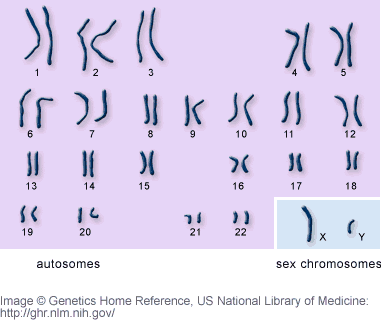Today, I’m drawing attention to the fact that the American Heart Association has recently released a position statement about non-alcoholic fatty liver disease.
You may wonder: What is a Heart Association doing writing statements about liver disease?
Well, it turns out that heart and liver health are very much interconnected.
The first important point is that fatty liver disease is most often silent until the disease is advanced, so most of the ∼25% of adults who have fatty liver disease don’t actually know it.
Fatty liver disease is an independent risk factor for heart disease, and heart disease is the #1 cause of death in people with fatty liver disease. Fatty liver disease is also an increasingly common cause of liver failure.
The American Heart Association points out risk factors for fatty liver disease including prediabetes, diabetes, high triglycerides, and polycystic ovary syndrome – with the common thread binding this list being obesity (see the complete list, including many non-obesity related risk factors, in Table 1 in the paper). One notices that many of these risk factors are also risk factors for heart disease.
The authors describe fatty liver as a ‘risk enhancer’ when assessing a person’s cardiovascular risk. In other words, if a doctor is assessing a patient’s risk of having a heart attack or stroke, that risk is higher if that person has fatty liver disease.
They go on to discuss screening, diagnosis, and the natural history of fatty liver disease. They talk about treatments as well, mainly directed towards weight loss, with some evidence for the older diabetes medication pioglitazone, emerging evidence for some GLP1 receptor agonists, as well as novel medications currently under evaluation.
That a Heart Association is writing a position statement about a liver condition reflects what is happening in the field of metabolic/obesity related disease in general: Many health conditions are interlinked, with the common thread being obesity. Heart disease, heart failure, kidney disease, diabetes, sleep apnea, osteoarthritis, liver disease, fertility issues… and the list goes on.
As specialist physicians, we are learning to better integrate care amongst the various specialties, and I hope to see many more cross-specialty pollination of guidelines and recommendations to bring the common thread back to what is most important: Treating our patient as a whole.
Share this blog post using your favorite social media link below!
Follow me on twitter! @drsuepedersen
www.drsue.ca © 2022












